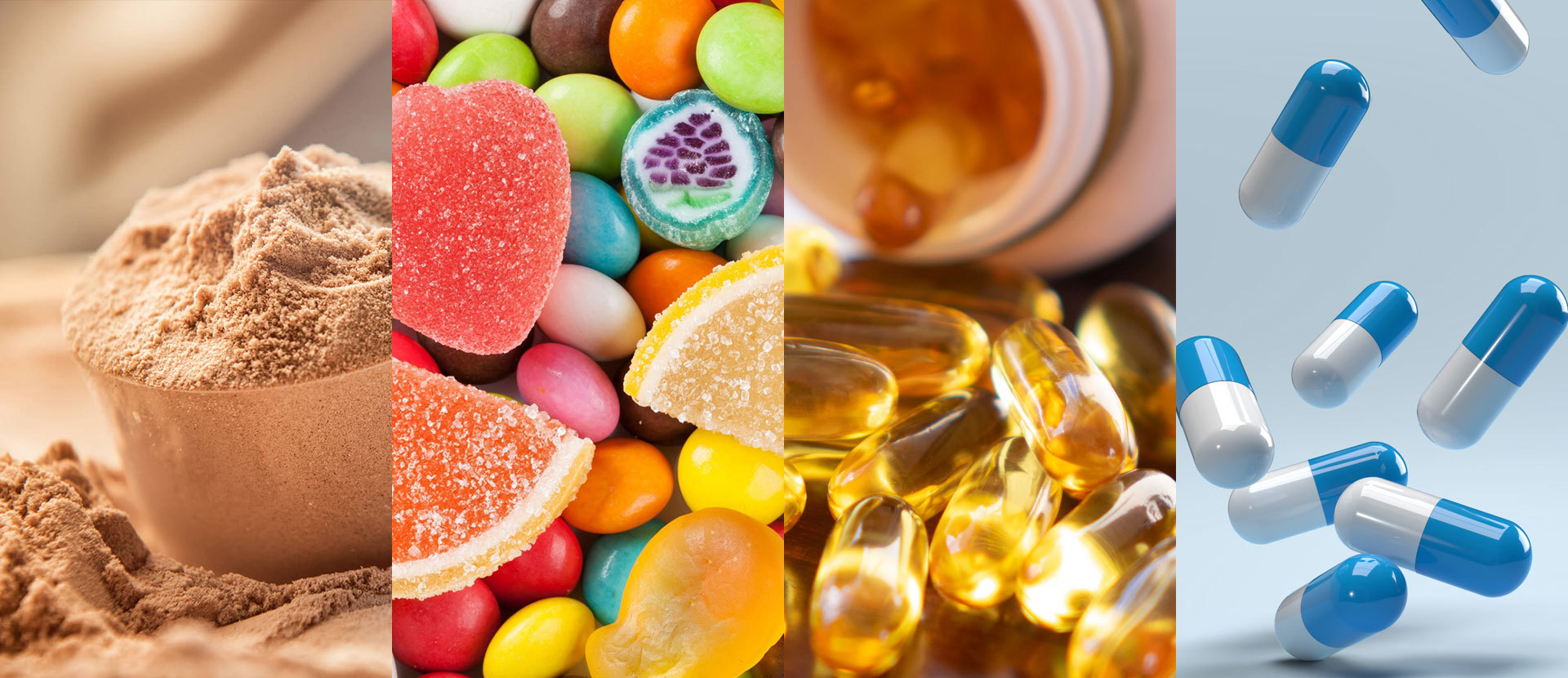News center
A Deep Dive into Gelatin Additives in the Biopharmaceutical Industry
Release time:
2025-03-22
A Deep Dive into Gelatin Additives in the Biopharmaceutical Industry
Introduction to Gelatin Additives
In the rapidly evolving biopharmaceutical industry, gelatin additives play a pivotal role in enhancing the efficacy and stability of various pharmaceutical products. Derived from collagen, gelatin is a natural polymer that has found its way into numerous applications, from drug delivery systems to vaccine formulation. Understanding the myriad functions and benefits of gelatin in this field is crucial for professionals aiming to leverage its properties in biopharmaceutical development.
The Composition and Properties of Gelatin
What is Gelatin?
Gelatin is a biopolymer obtained through the hydrolysis of collagen, a protein found in animal connective tissues. This process involves breaking down the collagen into smaller peptide chains, resulting in a versatile substance that exhibits unique gelling, thickening, and stabilizing properties. Gelatin is primarily composed of amino acids, including glycine, proline, and hydroxyproline.
Key Properties of Gelatin Additives
The properties that make gelatin particularly valuable in the biopharmaceutical industry include:
- **Biocompatibility**: Gelatin is well-tolerated by the human body, reducing the risk of adverse reactions when used in formulations.
- **Molecular Weight Variability**: The ability to tailor the molecular weight of gelatin allows for customized release rates and enhanced drug absorption.
- **Thermo-reversibility**: Gelatin can gel upon cooling and liquefy when heated, providing a unique delivery mechanism for temperature-sensitive drugs.
Applications of Gelatin in Biopharmaceuticals
1. Gelatin in Drug Delivery Systems
Gelatin additives are widely used in drug delivery systems, particularly in the formulation of capsules and tablets. The ability of gelatin to form films and gels makes it an ideal candidate for controlled-release formulations. By manipulating gelatin's properties, researchers can design systems that enhance bioavailability and optimize therapeutic outcomes.
Benefits of Gelatin in Drug Delivery
- **Enhanced Stability**: Gelatin protects active pharmaceutical ingredients (APIs) from degradation.
- **Improved Solubility**: Gelatin can increase the solubility of poorly soluble drugs, facilitating better absorption.
- **Targeted Release**: Customized gelatin formulations allow for the development of targeted drug delivery systems, improving therapeutic efficacy.
2. Use of Gelatin in Vaccine Formulation
The biopharmaceutical industry has witnessed a significant rise in the use of gelatin as a stabilizer in vaccine formulations. It helps maintain the integrity of the vaccine, ensuring its effectiveness during storage and transport.
Role of Gelatin in Vaccines
- **Stabilization**: Gelatin contributes to the stability of various vaccine components, preventing denaturation and inactivation of the vaccines.
- **Adjuvant Properties**: Gelatin can enhance the immune response, making vaccines more effective.
- **Preservation of Efficacy**: By minimizing degradation, gelatin extends the shelf-life of vaccines, which is crucial for global immunization efforts.
3. Gelatin in Cell Culture Applications
Gelatin is also employed in cell culture applications, serving as a substrate for cell adhesion and proliferation. Its biocompatibility makes it an excellent choice for cultivating various cell types used in biopharmaceutical research.
Advantages of Gelatin in Cell Culture
- **Support for Cell Growth**: Gelatin provides an optimal environment for the growth and maintenance of cells, enhancing experimental outcomes.
- **Cost-Effectiveness**: Compared to synthetic alternatives, gelatin is often more affordable and widely available.
- **Versatility**: Gelatin can be modified to suit various cell culture requirements, making it suitable for a range of applications in biopharmaceutical research.
The Future of Gelatin Additives in the Biopharmaceutical Industry
As the biopharmaceutical landscape continues to evolve, so does the role of gelatin additives. Innovations in gelatin processing and formulation techniques are paving the way for new applications and enhanced performance in drug delivery and vaccine development.
Emerging Trends in Gelatin Research
- **Sustainable Sourcing**: There is a growing emphasis on obtaining gelatin from sustainable sources, which aligns with global environmental goals.
- **Advanced Drug Delivery Systems**: Research is ongoing into the development of novel gelatin-based systems that can offer enhanced delivery mechanisms for complex therapeutics, including biologics and gene therapies.
- **Personalized Medicine**: As personalized medicine gains traction, gelatin formulations can be tailored to meet the specific needs of individual patients, improving treatment outcomes.
Challenges and Considerations
Despite the many benefits, the use of gelatin additives in the biopharmaceutical industry does not come without challenges. Regulatory hurdles, sourcing variability, and concerns about animal-derived products can impact the acceptance and utilization of gelatin in certain applications.
Regulatory Landscape
Navigating the regulatory landscape for gelatin additives is critical. Manufacturers must adhere to strict guidelines set forth by regulatory agencies to ensure safety and efficacy. Understanding these requirements is essential for successful commercialization.
Addressing Sourcing Concerns
The sourcing of gelatin from animal by-products raises ethical and safety concerns. This has led to increased interest in developing alternative, plant-based gelling agents that can fulfill similar roles without the associated issues.
Frequently Asked Questions (FAQs)
1. What is the primary source of gelatin used in biopharmaceuticals?
The primary sources of gelatin in biopharmaceuticals are porcine (pig) and bovine (cow) connective tissues.
2. How does gelatin improve drug solubility?
Gelatin enhances drug solubility by forming hydrophilic interactions with poorly soluble drugs, thereby increasing their bioavailability.
3. Are there any vegan alternatives to gelatin for biopharmaceutical applications?
Yes, alternatives such as agar, carrageenan, and pectin are being explored as vegan substitutes for gelatin in various applications.
4. What are the stability advantages of using gelatin in vaccines?
Gelatin stabilizes vaccine components, preventing degradation and ensuring that vaccines remain effective throughout their shelf life.
5. How can gelatin be modified for specific applications in biopharmaceuticals?
Gelatin can be chemically modified to alter its molecular weight, viscosity, and gelling properties, allowing for customized formulations tailored to specific therapeutic needs.
Conclusion
The significance of gelatin additives in the biopharmaceutical industry cannot be overstated. From enhancing drug delivery systems to stabilizing vaccines and supporting cell cultures, gelatin offers a versatile and valuable resource for pharmaceutical formulators. As research continues to unveil new potentials and address challenges, gelatin's role in biopharmaceutical innovation will likely expand, paving the way for more effective and sustainable healthcare solutions. Understanding and leveraging the unique properties of gelatin will be essential for professionals looking to advance their products and meet the evolving demands of the industry.
NEWS






